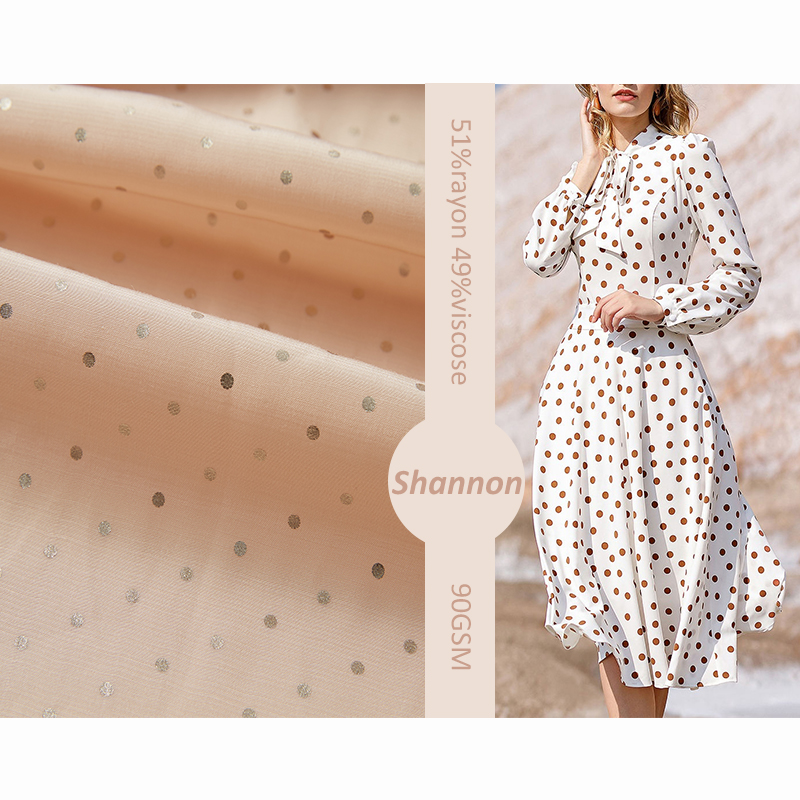Shapes print fabrics are created using various printing techniques, each of which results in distinct patterns and effects. The choice of technique depends on the desired design, the fabric type, and the production scale. Some common printing techniques for shapes print fabrics include:
Screen Printing: Screen printing is one of the most popular methods for creating shapes print fabrics. In this technique, a stencil or screen is used to apply ink to the fabric. Each color is applied using a separate screen, allowing for precise and vibrant designs. Screen printing is ideal for large-scale production and offers good color opacity.
Digital Printing: Digital printing involves using inkjet or dye sublimation printers to apply the design directly onto the fabric. This method allows for intricate and detailed patterns with numerous colors. It's suitable for smaller production runs and custom designs. Digital printing is versatile and can achieve photorealistic results.
Block Printing: Block printing is a traditional method in which hand-carved wooden or metal blocks are used to stamp the design onto the fabric. This technique creates a unique, handmade appearance and is often used for smaller quantities or artisanal fabrics.
Rotary Printing: Rotary printing is a high-speed, industrial method that uses cylindrical screens to apply ink to the fabric continuously. It is efficient for large-scale production and is commonly used for simple geometric shapes and patterns.
Heat Transfer Printing: Heat transfer printing involves transferring a design from a special paper or film onto the fabric using heat and pressure. This technique is suitable for fabrics that can withstand the heat, and it's often used for customized or short-run projects.
Discharge Printing: Discharge printing is a method where a chemical is used to remove the existing color from a dyed fabric, leaving behind a lighter or differently colored design. This process is often used to create unique, tone-on-tone effects.
Screen Printing with Resist: This technique involves using a resist agent, such as wax or a thickened dye, to create a barrier on the fabric. The resist prevents the color from spreading, resulting in defined shapes or patterns. Batik is a well-known example of this method.
Foiling and Foil Printing: Foiling is a technique where a metallic or colored foil is adhered to the fabric using heat and adhesive. This can create a shiny, reflective pattern on the fabric.
Embossing and Debossing: These methods involve raising or depressing specific areas of the fabric to create raised or sunken patterns, including shapes.
Hand-Painting: Some shapes print fabrics are hand-painted, where artists use brushes or other tools to create intricate designs directly on the fabric.


 English
English 中文简体
中文简体














